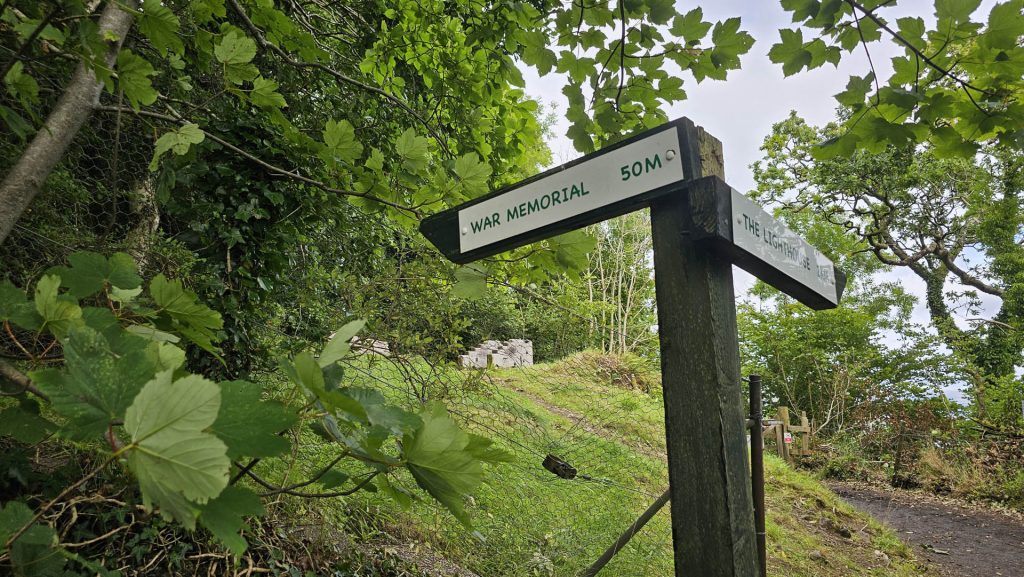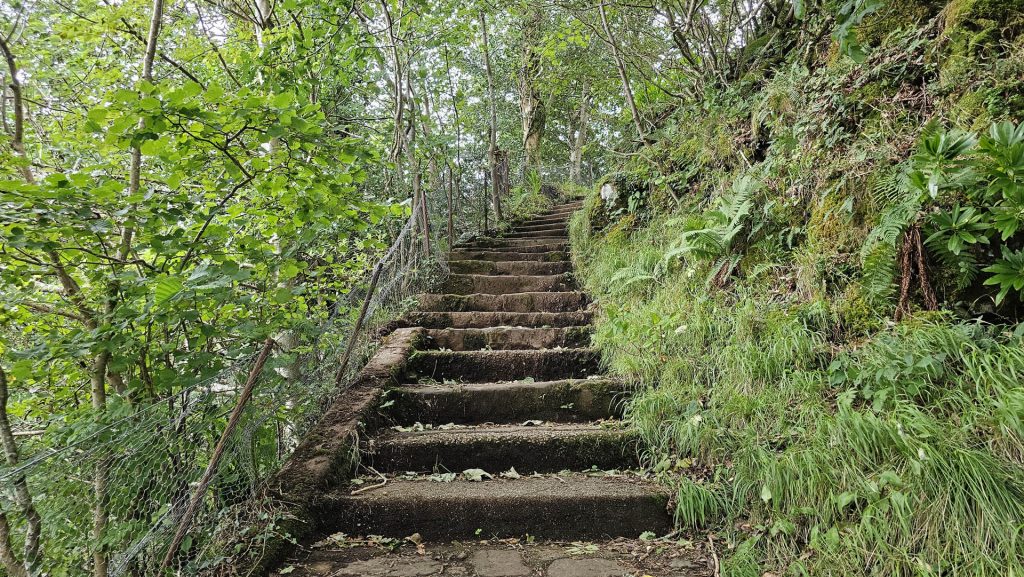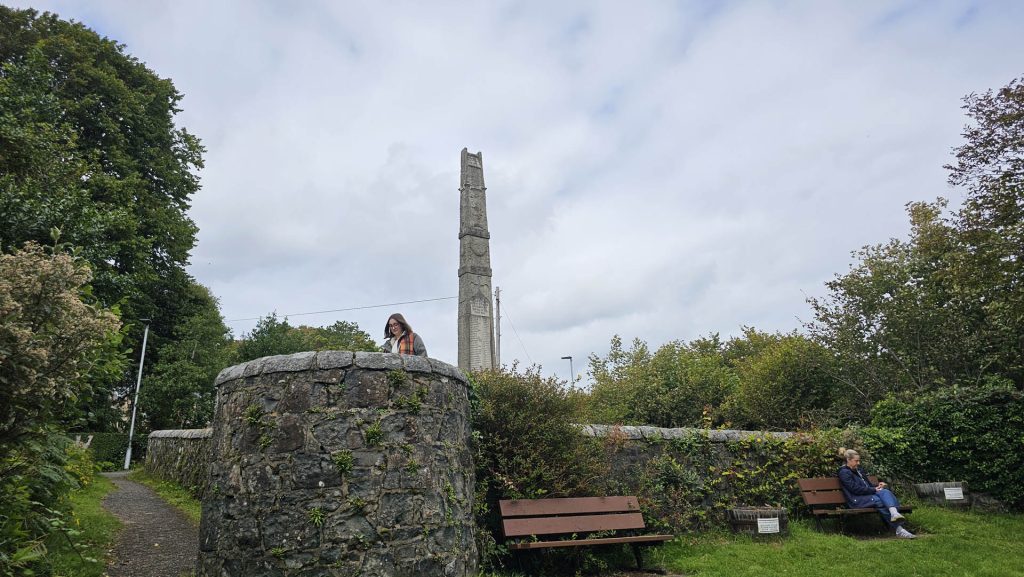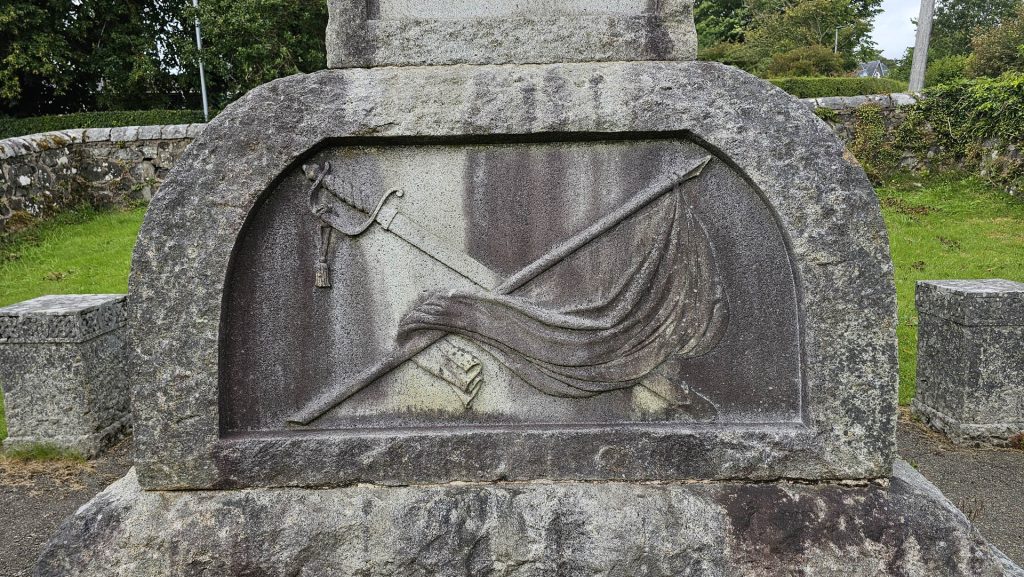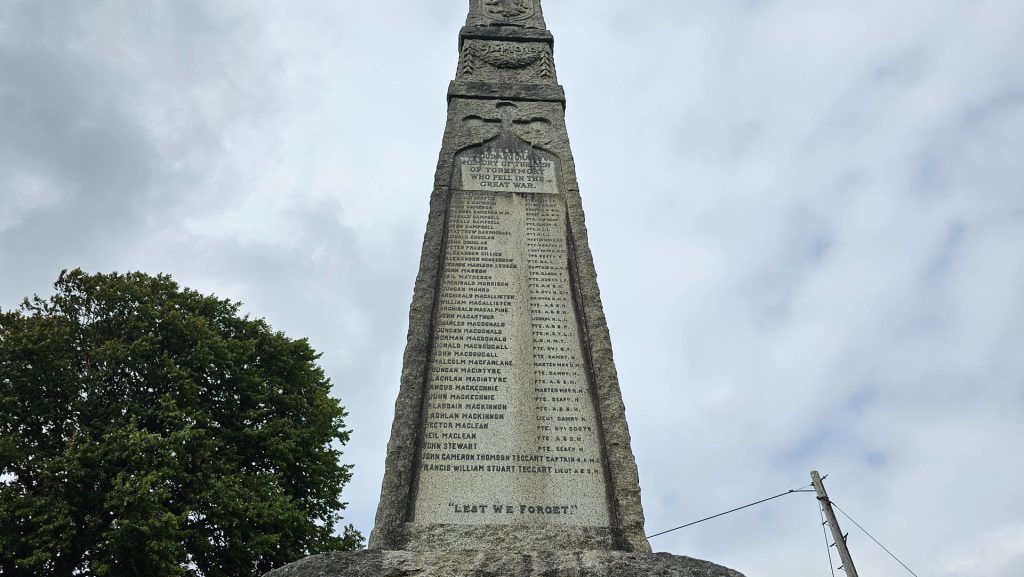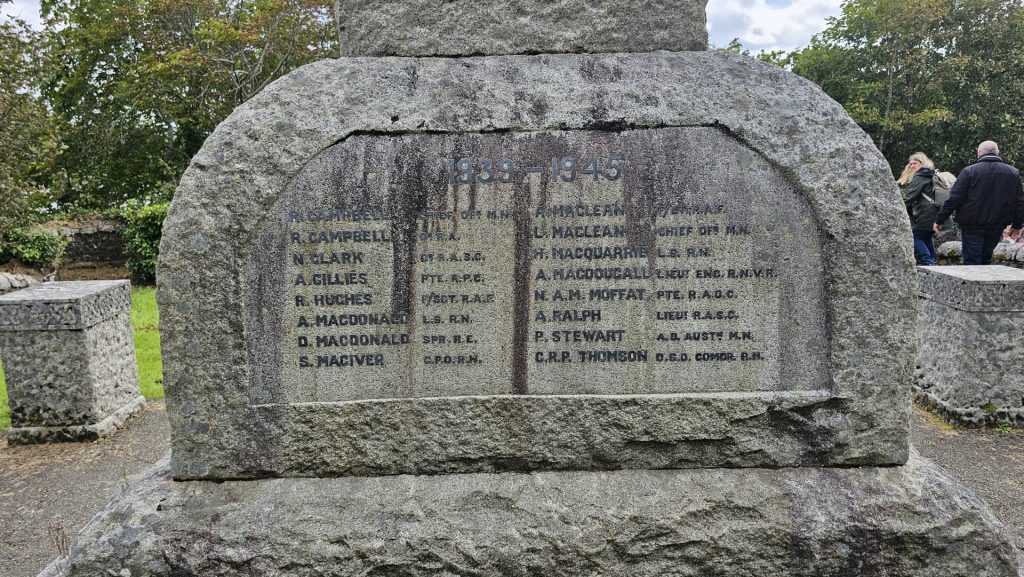The Isle of Mull sits off Scotland’s west coast, known for its rugged landscapes, quiet lochs, and ancient castles. When World War II broke out in 1939, few expected this peaceful island to play a critical role in Britain’s naval strategy.
Over the next six years, Mull’s sheltered bays, strategic position, and resilient communities helped shape anti-submarine tactics that protected key Atlantic convoys. The Royal Navy established a base in Tobermory, turning the island into a vital training ground for escort vessels.
A Strategic Outpost on the Western Approaches
Early in 1940, naval planners recognized that the deep waters and hidden anchorages around Tobermory offered the perfect setting for training escort vessels bound for convoy duty. By establishing a shore base on Mull, the Navy secured close access to open Atlantic waters while keeping crews out of reach of Luftwaffe raids. Mull’s remoteness meant trainees could concentrate on rigorous exercises without distractions, turning the island into one of the most important naval stations in Britain.
HMS Western Isles: Birth of a Shore Establishment
In July 1940, Admiral Sir Percy Noble established the naval base HMS Western Isles in Tobermory Bay. Vice Admiral Stephenson soon took command. His fierce discipline shaped the base’s reputation. Barrack huts, workshops, signal stations, and mess halls quickly appeared along the shoreline. Even the local hotel became a planning center and social hub for visiting officers.
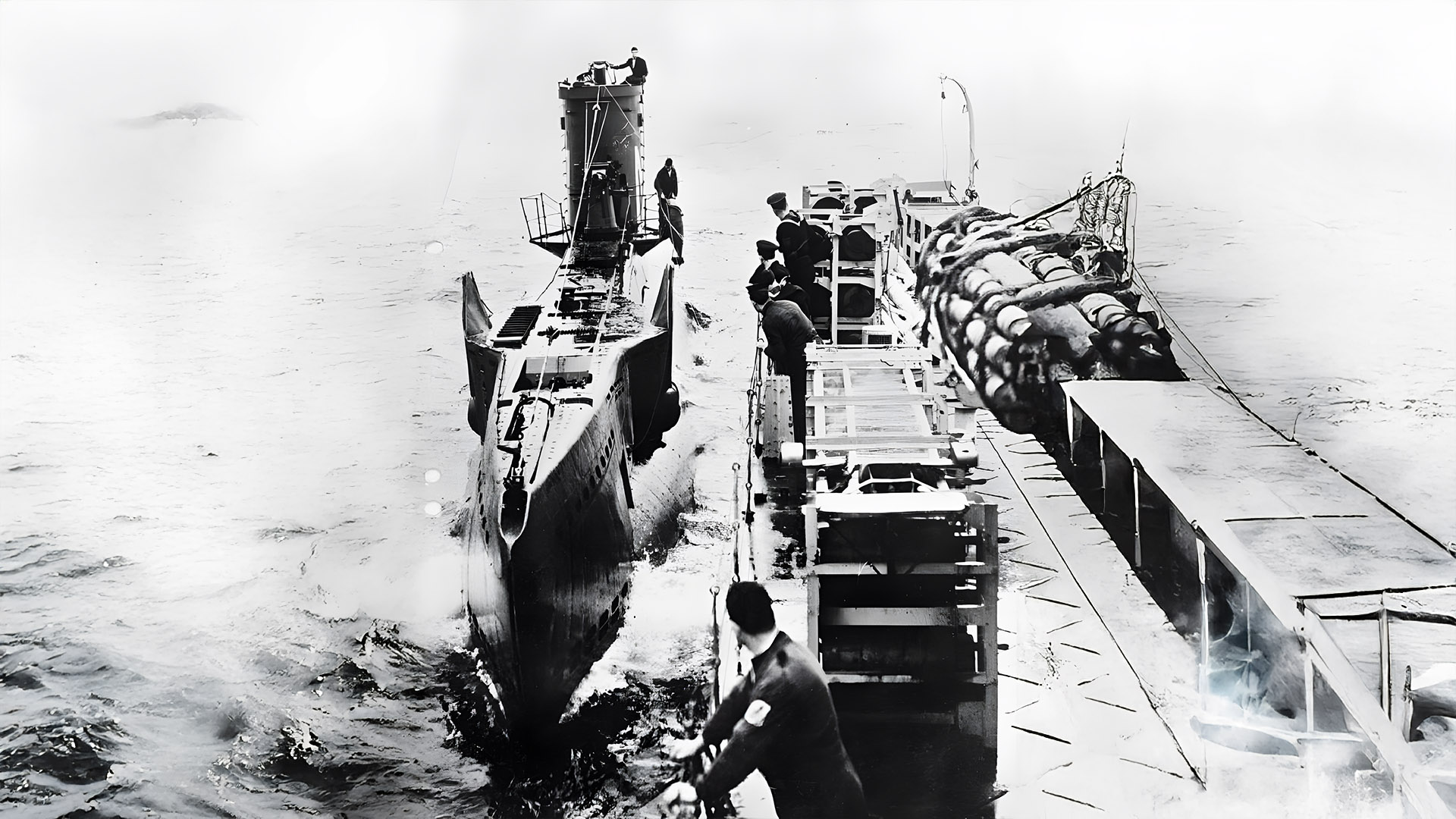
A British submarine surfaces after being chased for two hours by a frigate (right) as part of a training exercise at HMS Western Isles, Tobermory, Mull.
U-Boat Hunter Training at Tobermory
At HMS Western Isles, naval crews faced an intensive anti-submarine warfare course led by Vice Admiral Sir Gilbert Stephenson, famously known as the “Terror of Tobermory.” The programme taught them to detect submerged U-boats using ASDIC, execute depth-charge attacks, and maintain tight convoy formations under simulated battle conditions. Surprise inspections and live-action scenarios tested judgment and teamwork. This ‘working-up’ process transformed raw recruits into disciplined escort teams ready for the Atlantic threat.
By the end of the war, vessels trained at Tobermory were credited with destroying 91 confirmed U-boats, 38 probable kills, and 39 enemy aircraft.
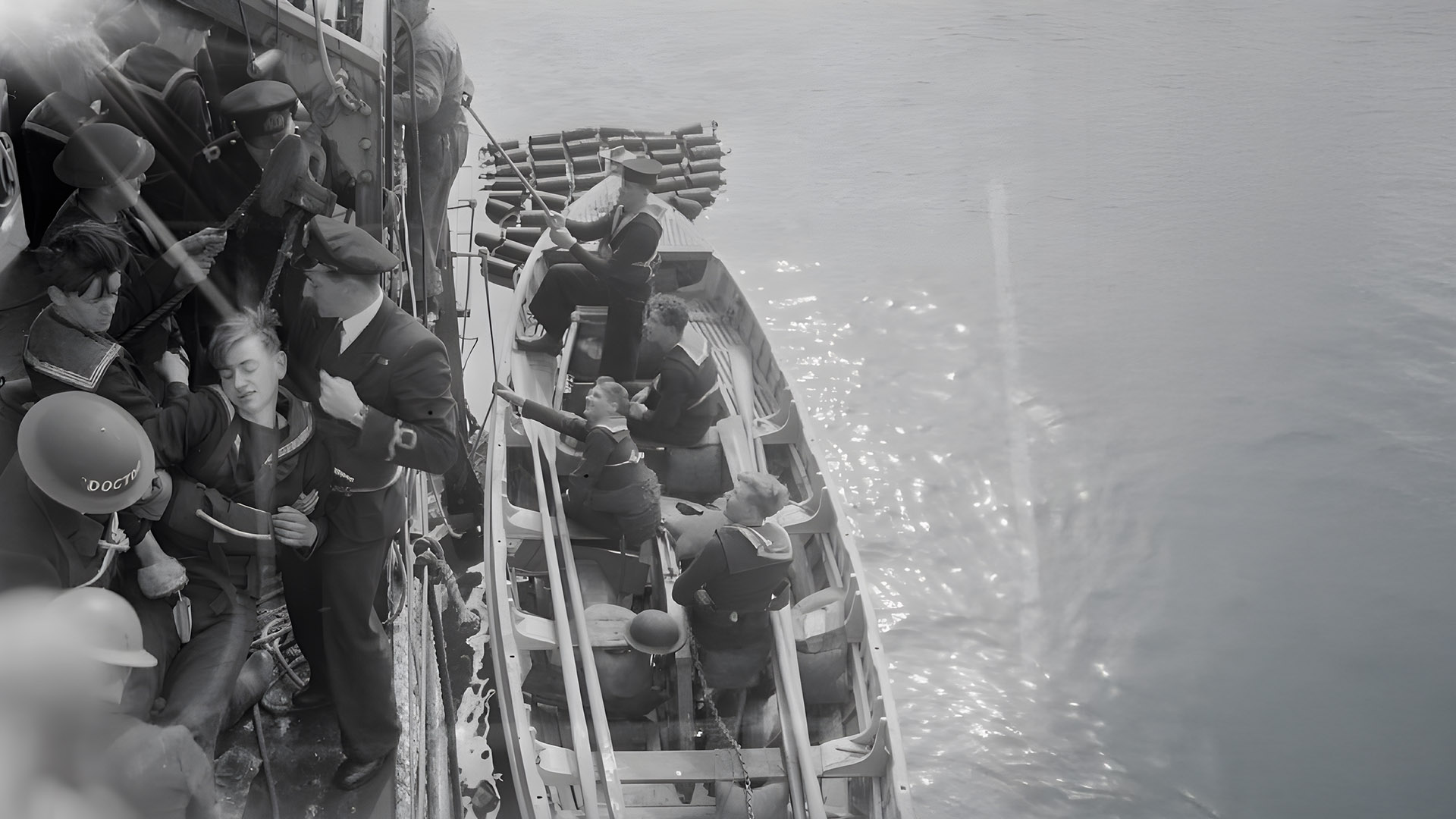
Battle School For U-boat Hunters—Royal Naval Training at Tobermory, 1944.
The “Working-Up” Programme: Turning Ships into Fighting Units
Ships arriving at Tobermory underwent a two to three–week ‘working-up’ programme, including:
- Gunnery drills against towed targets, day and night
- Anti-submarine exercises using ASDIC and depth charges
- Emergency steering, collision avoidance, and damage repair drills
- Firefighting and casualty simulations
The goal was to transform reservist crews into cohesive teams able to survive U-boat encounters.
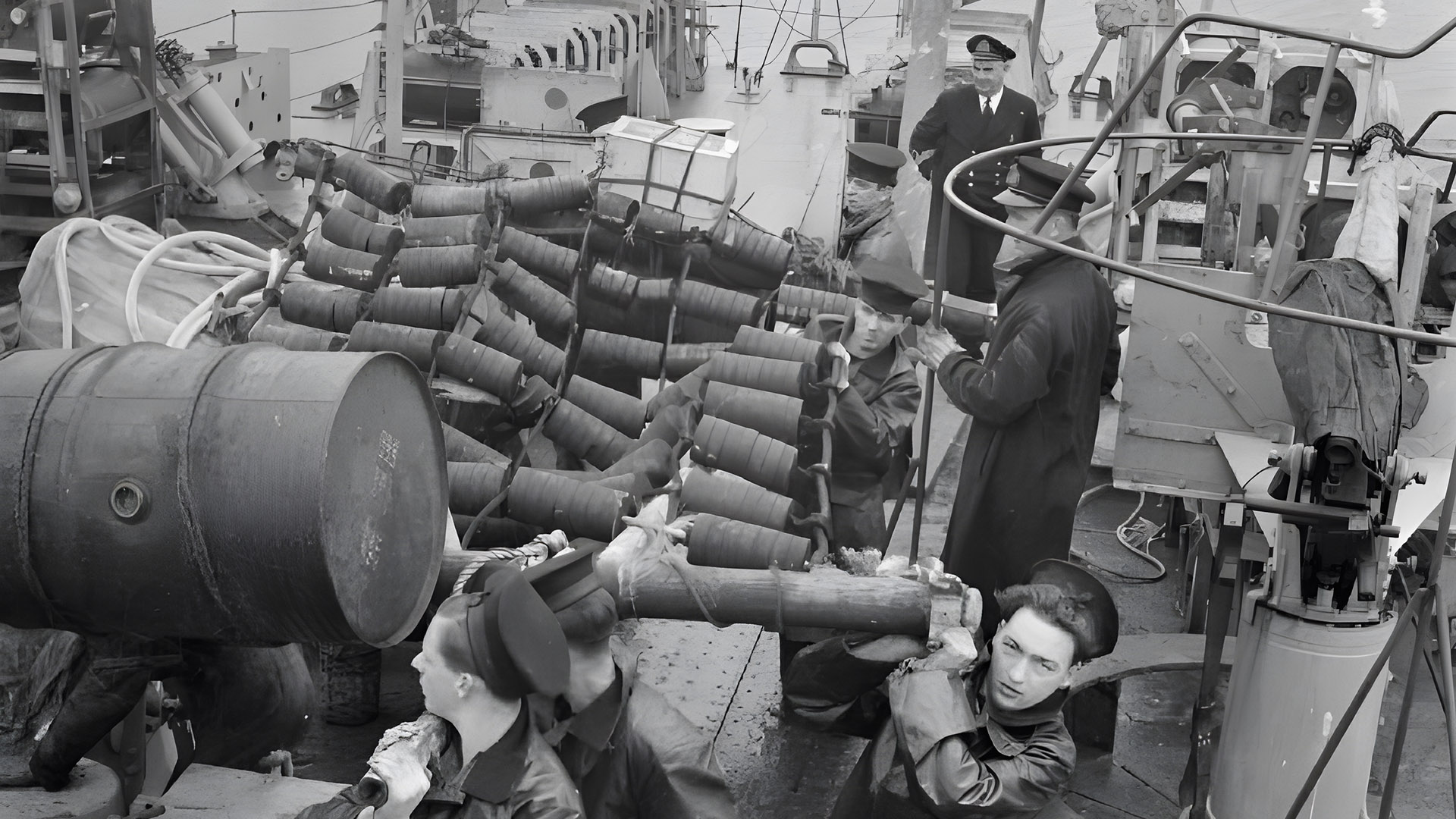
Naval ratings at HMS Western Isles in Tobermory trained to construct an emergency raft in seven minutes using salvaged materials and survival supplies.
Admiral Stephenson’s Unorthodox Leadership Style
Stephenson valued discipline and morale. His surprise inspections ensured readiness. He also encouraged sports, concerts, and theatre to strengthen camaraderie, earning the respect of many sailors.
Islanders and Sailors: Sharing Homes and Hearts
Local islanders often hosted naval personnel. Women’s Guilds ran canteens, while community events united crofters and sailors through music, dancing, and storytelling. These bonds brought warmth to cold wartime nights.
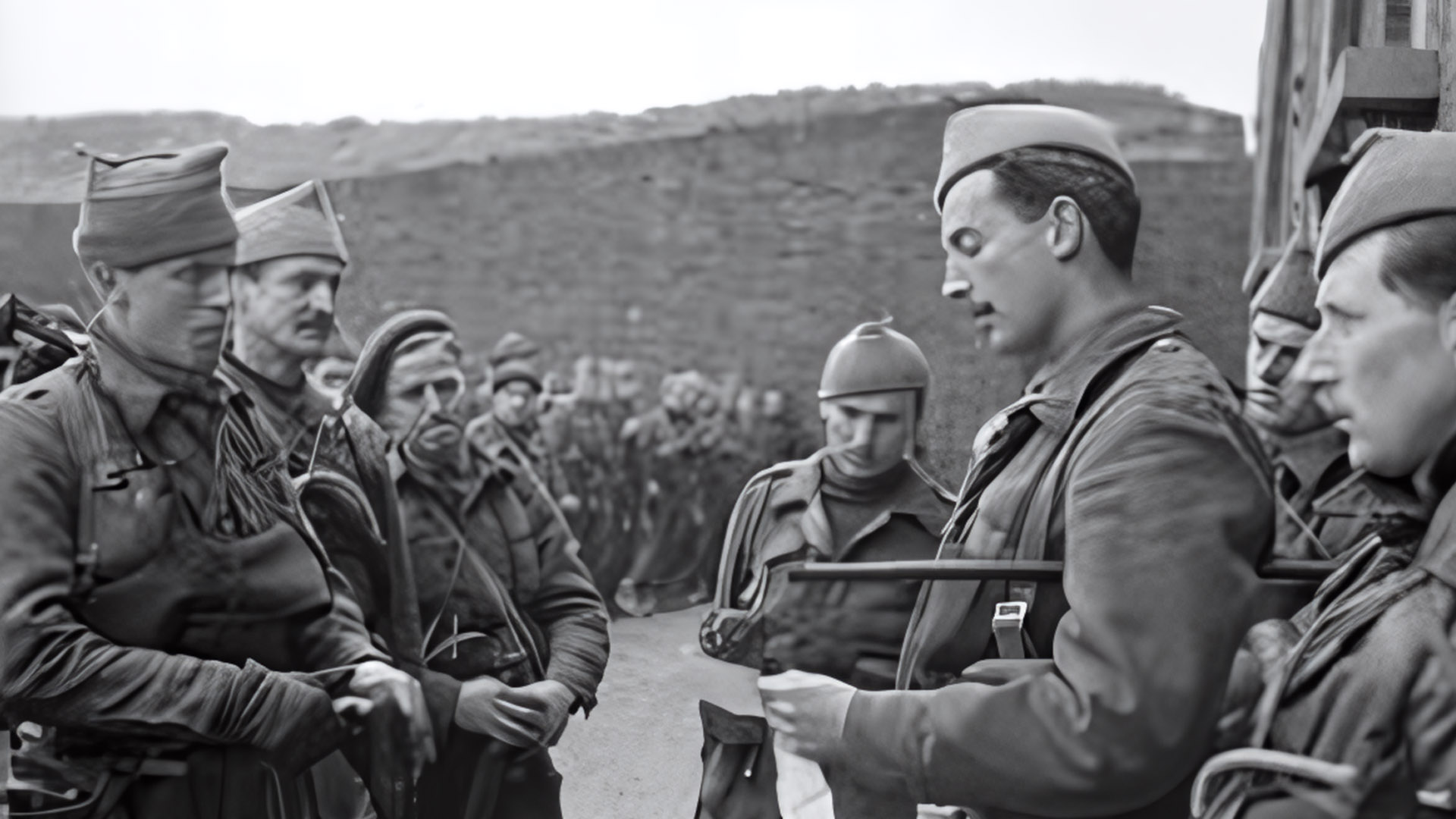
Major Lord Lovat, giving orders to his men before setting out on a commando raid.
Mock Invasions and Commando Raids on the West Coast
Mull’s west coast served as a staging ground for simulated invasions, including a 1944 exercise led by Lord Lovat’s commandos. A miscommunication once caused a shelling scramble when Navy gunners mistook fireworks for enemy signals. Thankfully, there were no casualties. These rehearsals refined Britain’s amphibious tactics.
Daily Life under Blackout and Air-Raid Precautions
Despite its isolation, Mull followed blackout rules from 1 September 1939. Homes used heavy curtains or boards to block light. Vehicle lights were masked, and street lamps were dimmed. Coast-watchers monitored the shoreline, and white paint guided movement after dark.
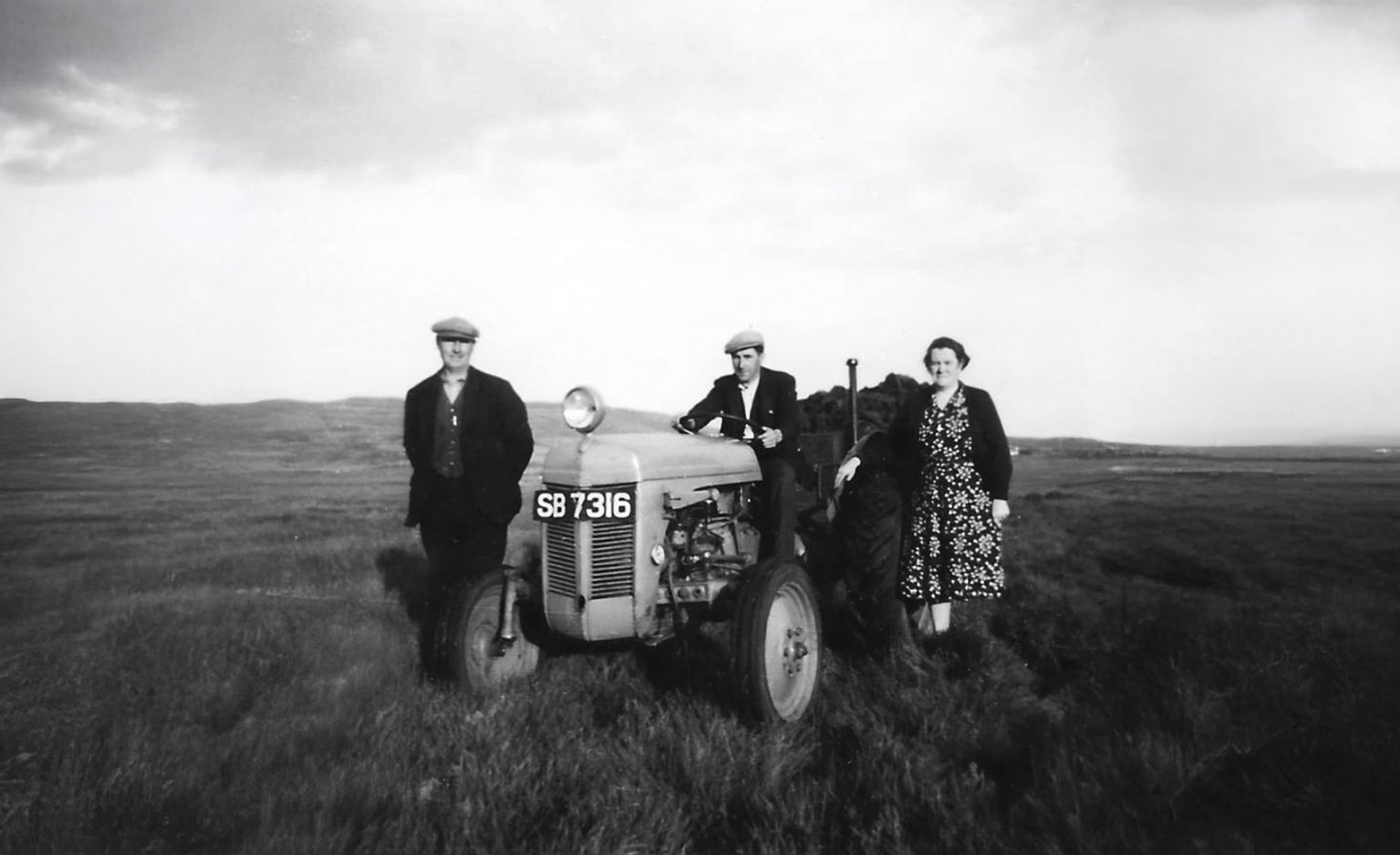
Crofters on Mull
The Ripple Effects on Local Economy and Infrastructure
The naval base boosted Mull’s wartime economy. Farmers supplied food, tradesmen built facilities, and schools grew to meet demand. Healthcare workers treated both civilians and servicemen, offering stability during challenging times.
Wartime Stories and Personal Reminiscences
Islanders still share memories of corvettes passing through morning mist and moments of kindness between crofters and stranded sailors. Letters and oral histories, preserved in Tobermory Museum, paint a human picture of wartime life.
Among these memories are tales from my grandparents. They spoke of coffins that washed ashore—haunting reminders of wartime loss. At night, they watched a house across Ardtun Bay, rumored to store coffins. What disturbed them most were the lights seen in its windows when no one was meant to be there. These stories, passed down with quiet reverence, reveal the emotional shadow war cast over Mull’s communities.
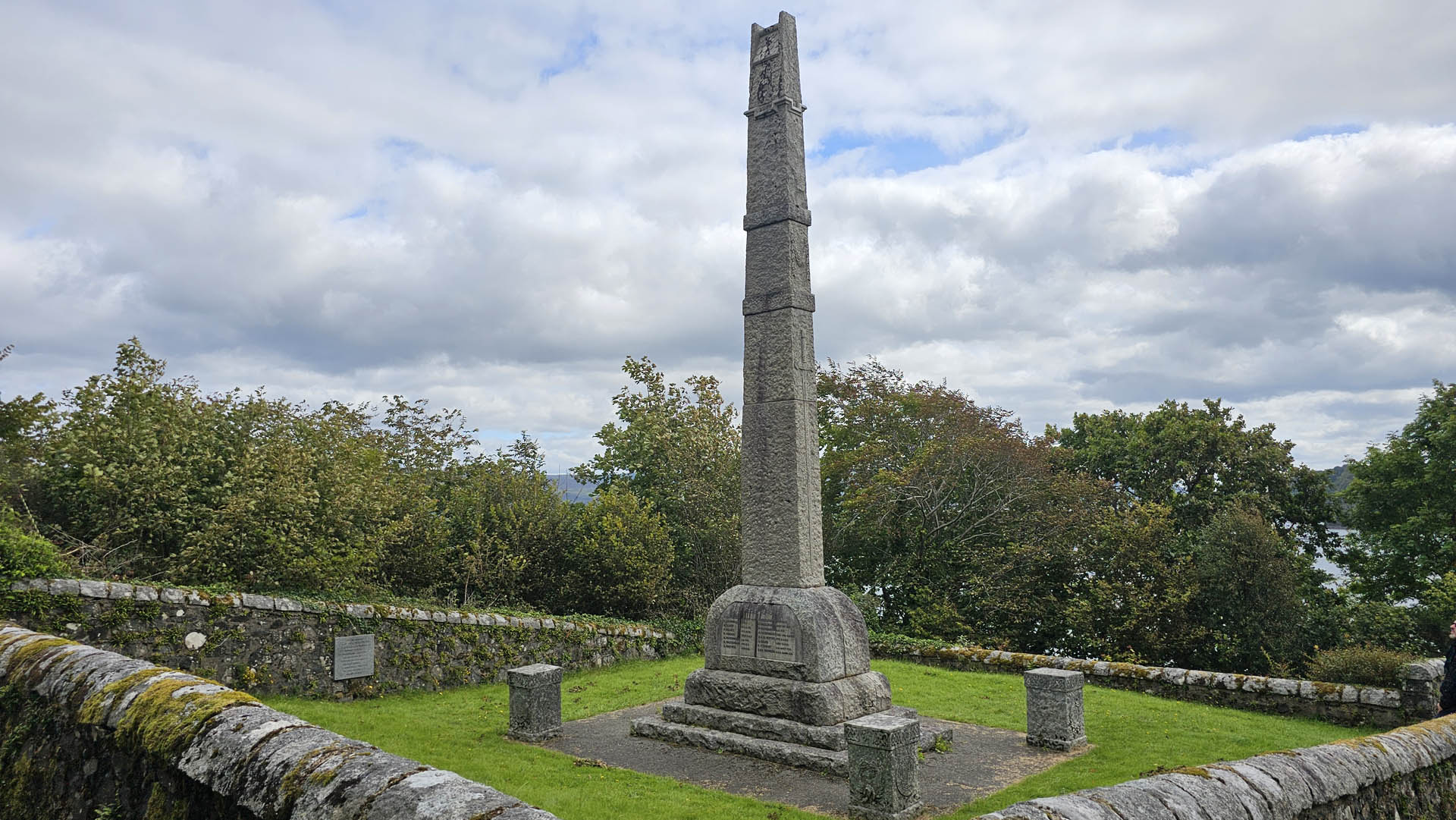
Tobermory War Memorial
Memorials and the Preservation of History
A plaque in the Western Isles Hotel commemorates the 200,000 naval personnel who passed through Tobermory. Mull Museum displays signal flags, depth charge fragments, and other relics. Guided walks reveal harbor markings and former training zones.
Visiting Mull’s Wartime Sites Today
- Mull Museum: Exhibits and guided tours in Tobermory
- Tobermory War Memorial: Behind the Western Isles Hotel
- Remembrance Events: Held each August, welcoming locals and visitors
